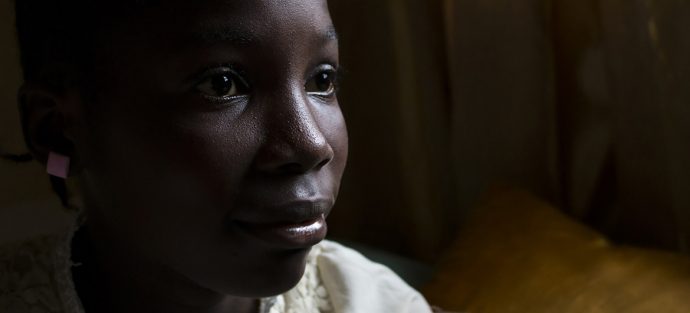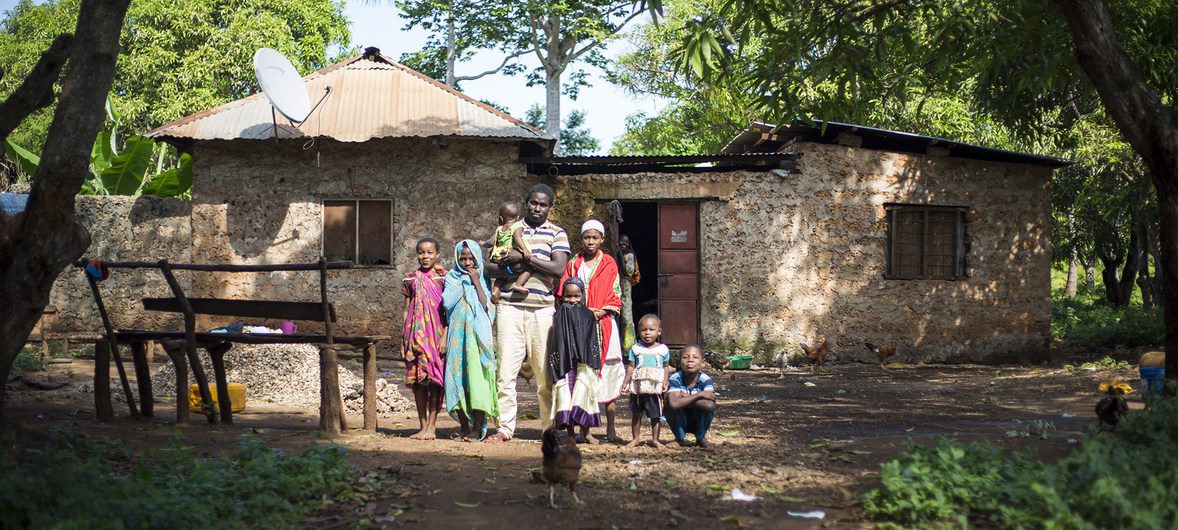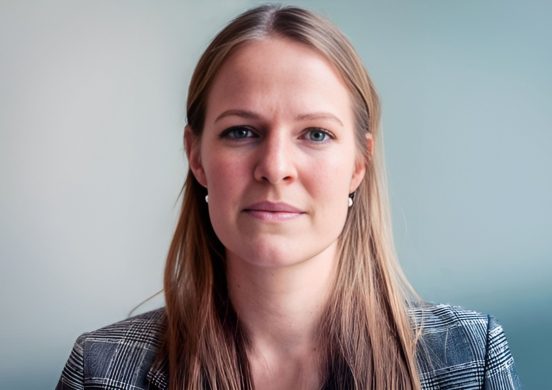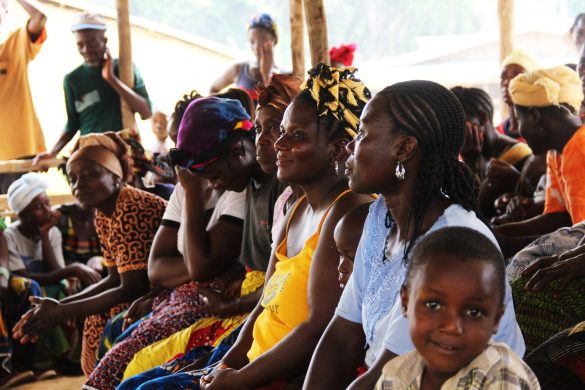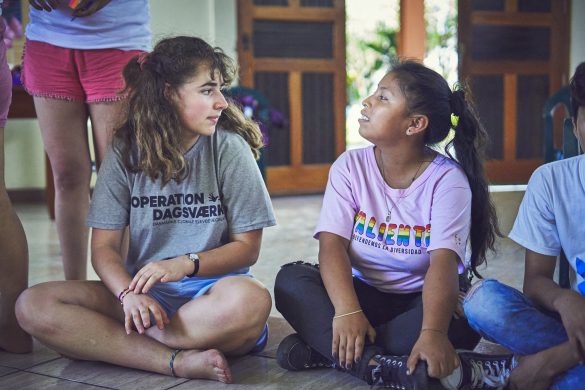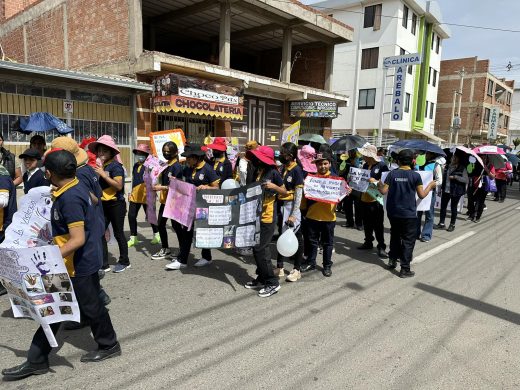Echoing that message, UNHCR chief Filippo Grandi appealed for “decisive action” from governments to eliminate the problem, noting that it is the right thing to do, “humanly, ethically and politically”.
Stateless people “still face huge barriers to exercising fundamental human rights”, such as education, medical care or legal employment, the High Commissioner said, before calling for States to tackle discrimination in nationality laws, which is regarded as the biggest driver of the problem.
Only 25 countries around the world retain gender discrimination in their legislation that prevents mothers from conferring their nationality to their children on an equal basis as men.
Madagascar and Sierra Leone are the most recent countries to change these laws, UNHCR said.
Mr Grandi’s appeal comes four years after the launch of a 10-year campaign to eradicate statelessness globally, in recognition that millions remain stateless and living in limbo around the world, with the majority in Asia and Africa.
Kombo Asumani Kombu og hans familie er statsløse i Kenya.
Foto: UNHCR/Roger Arnold“Today I call on politicians, governments and legislators around the world to act now, to take and support decisive action to eliminate statelessness globally by 2024,” said UN High Commissioner for Refugees Filippo Grandi. “Humanly, ethically and politically it is the right thing to do. Every person on this planet has the right to nationality and the right to say I BELONG.”
Some countries have hundreds of thousands of stateless persons and there is no region of the world that is untouched by statelessness, UNHCR said.
The very nature of statelessness means it is difficult to determine exactly how many people are affected, or at risk.
In 2017, approximately 70 countries reported 3.9 million stateless individuals. But UNHCR estimates that this is only a fraction of the total and the true number could be three times higher.
There has been progress since UNHCR’s #IBelong campaign began, however, with more than 166,000 formerly stateless people now with a nationality.
In addition, 20 states have acceded to international accords on statelessness since November 2014, bringing the total number of parties to the 1954 Convention to 91 and 73 to the 1961 Convention.
En familie i Makedoniens hovedstad, Skopje. De fleste statsløse i Makedonien kommer fra andre jugoslaviske republikker.
Foto: UNHCR/Roger ArnoldNine states have established or improved statelessness determination procedures, six states have reformed their nationality laws and another two have eliminated gender discrimination that prevents women from passing on their nationality to their children.
National plans to end statelessness have also been formally adopted in nine countries.
“States like Kenya, Kyrgyzstan and Thailand are paving the way,” Mr Grandi said, “showing that with political will and commitment, and concerted national efforts, the lives of tens of thousands of people can be transformed through the acquisition of nationality.”
Insisting that statelessness is a man-made problem and “relatively easy to resolve and prevent”, UNHCR has published a handbook called “Good Practices in Nationality Laws for the Prevention and Reduction of Statelessness” which offers examples of legislation that States can use to avoid childhood statelessness, eliminate gender discrimination from nationality laws and establish procedures to identify stateless persons and facilitate their naturalization.

